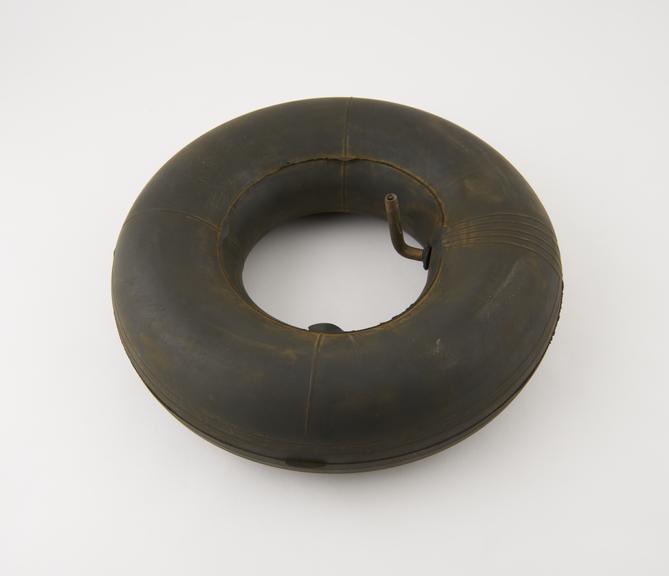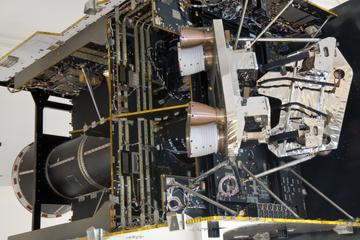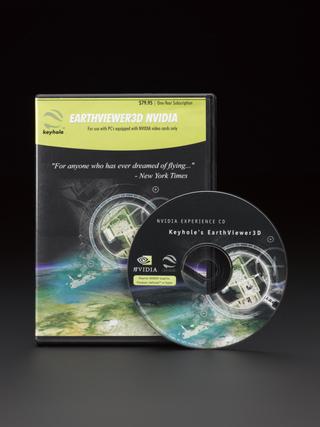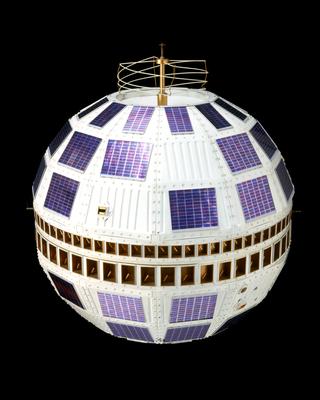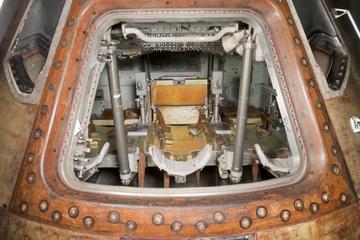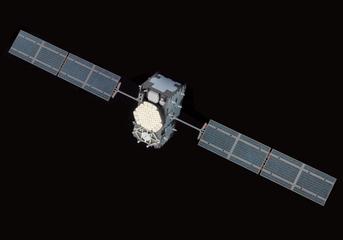J2 rocket engine as used on the Saturn V rocket second and third stage, 1966. Fueled by liquid hydrogen and oxygen.
Six of these engines were used on the Saturn V rocket that took astronauts to the Moon between 1969 and 1972. Five on the rocket’s second stage helped it climb and accelerate through the atmosphere. A single J2 on its third stage pushed it into orbit of the Earth. The crew then fired it once more to send the rocket all the way to the Moon, travelling at over 38,000 km/h (24,000 mph). This makes it the engine that first propelled human beings to another world.
The engine works using liquid hydrogen (fuel) and liquid oxygen (oxidizer). These are stored separately and then combined and ignited in a combustion chamber. This produces hot gases which are then expelled through a nozzle, generating the thrust.










